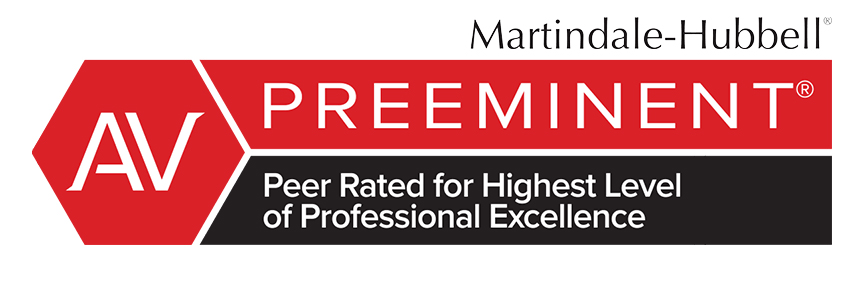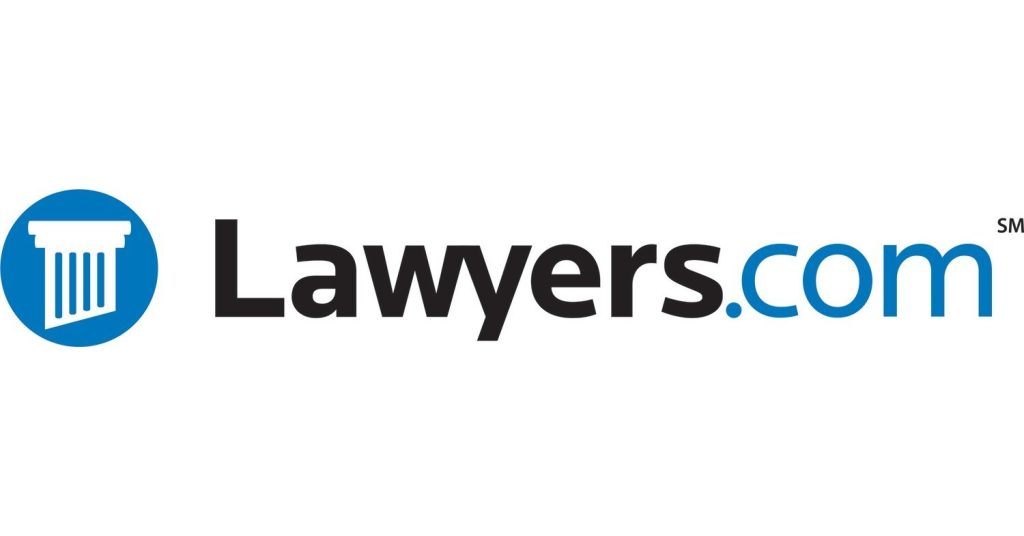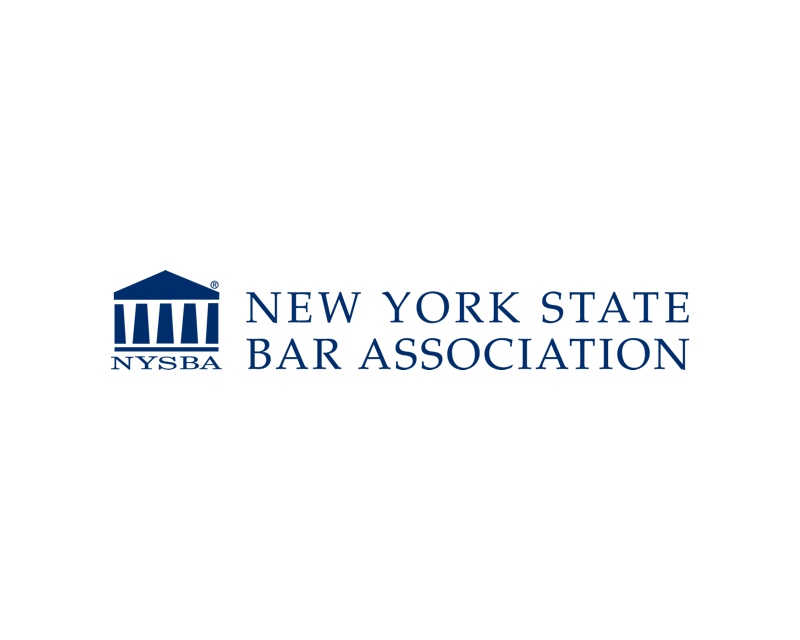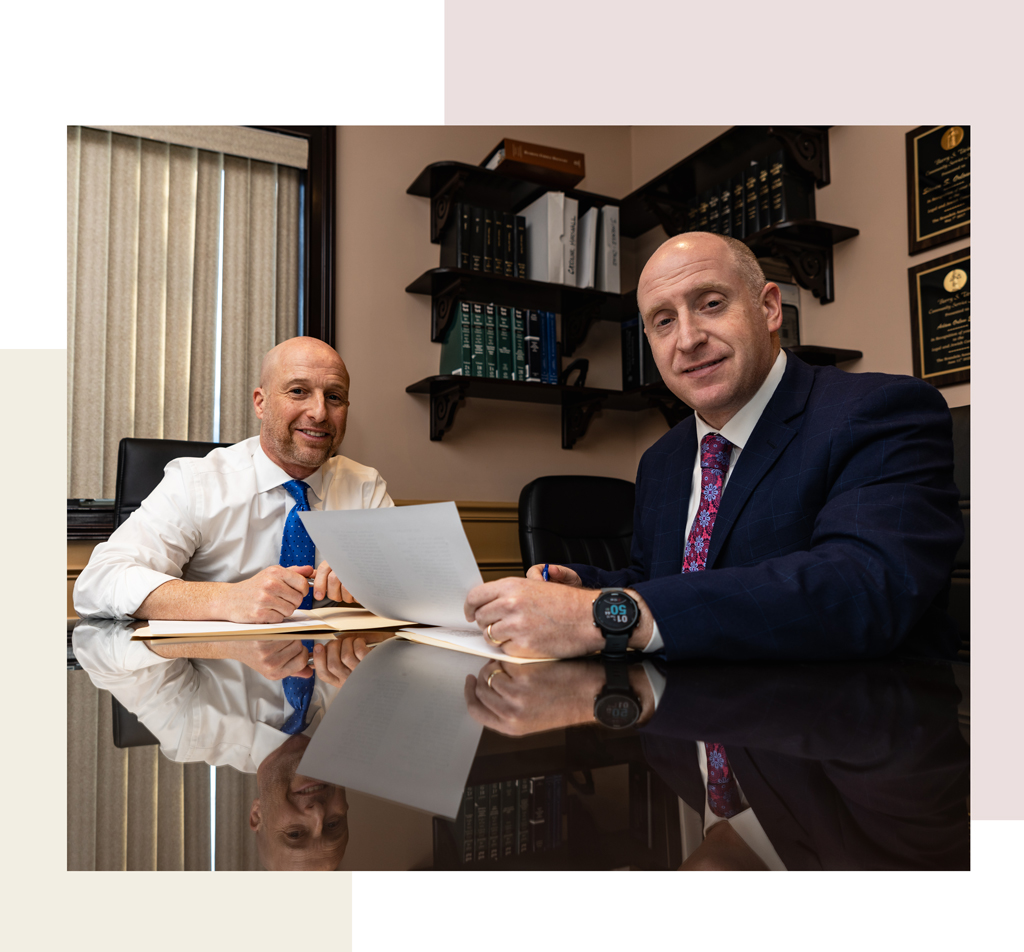What Is a Vocational Expert and How Are They Used in Personal Injury and Disability Cases?
What Is a Vocational Expert and What Do They Do? Quick Answer: A Vocational Expert (VE) is a professional with specialized knowledge in vocational rehabilitation, counseling, and job market analysis, who provides expert opinions on a person’s ability to work, especially in the context of disability claims. They analyze a









